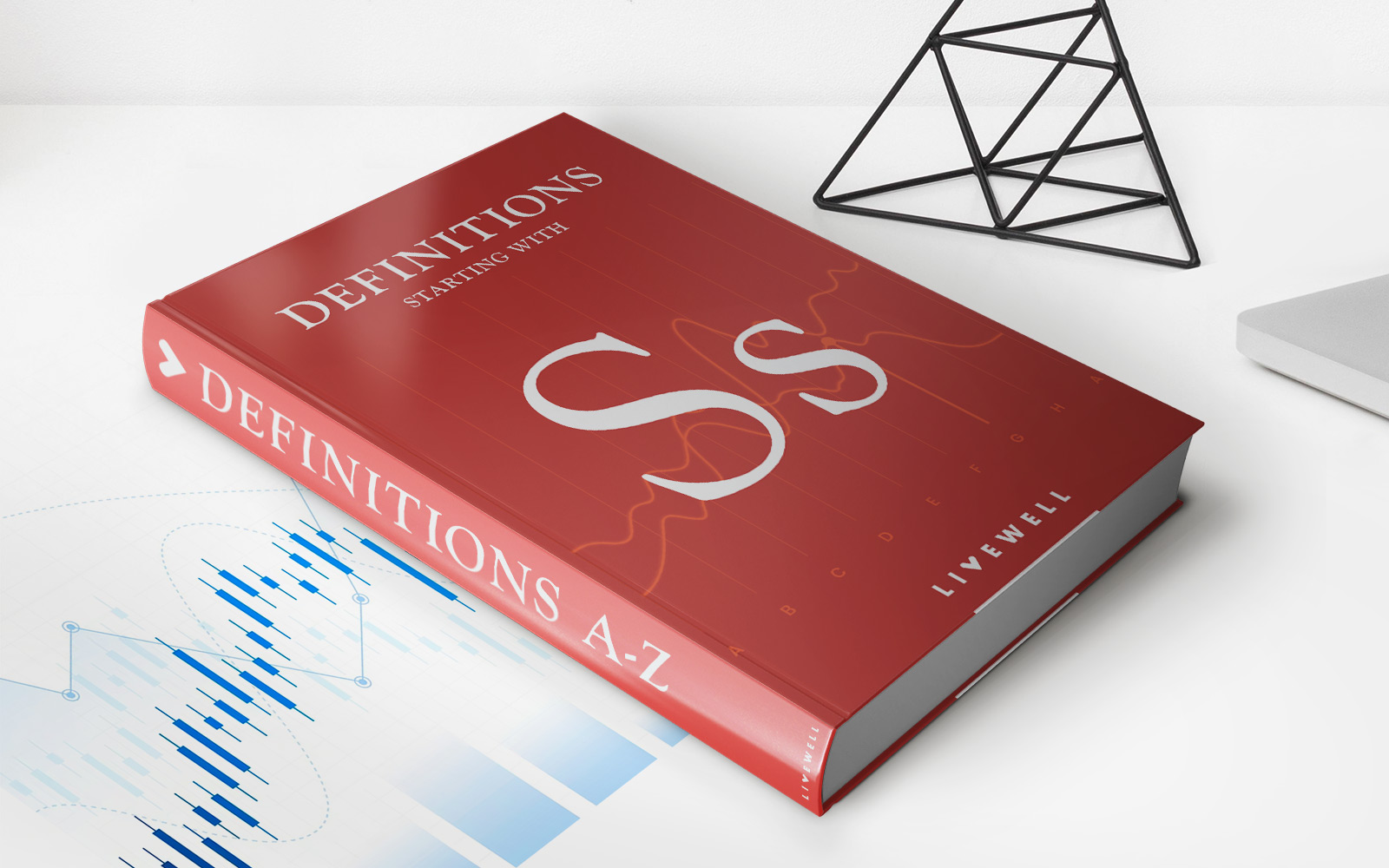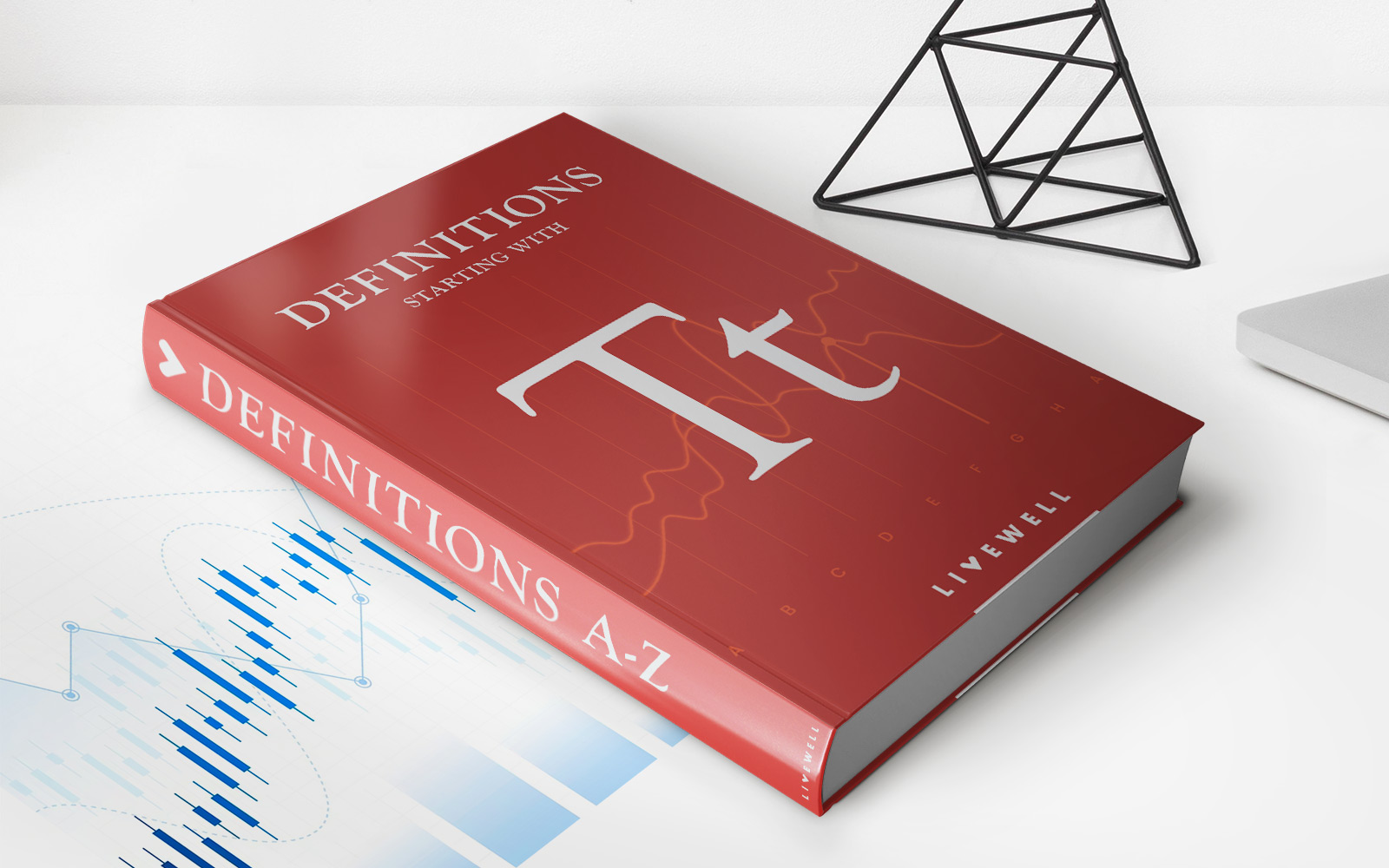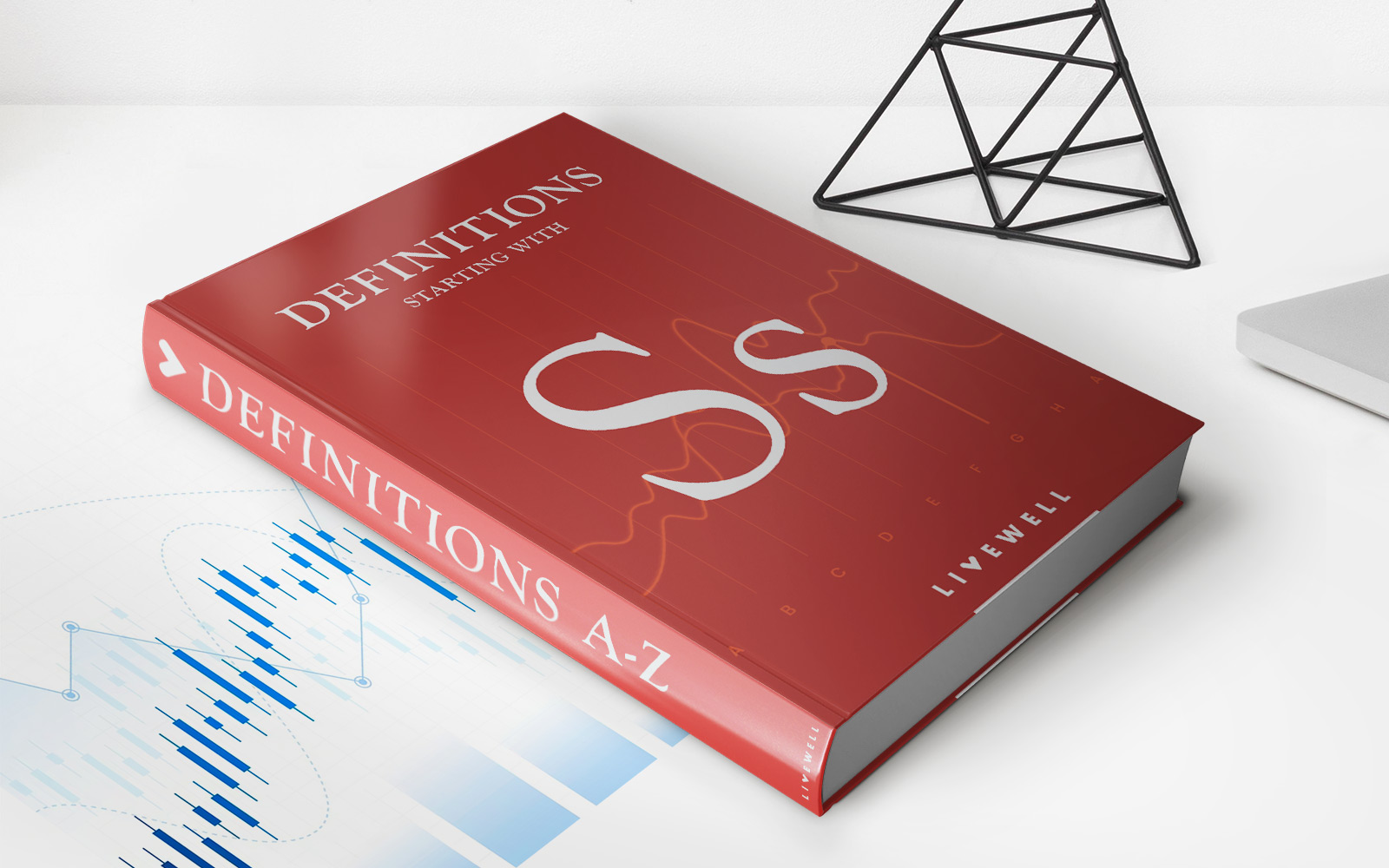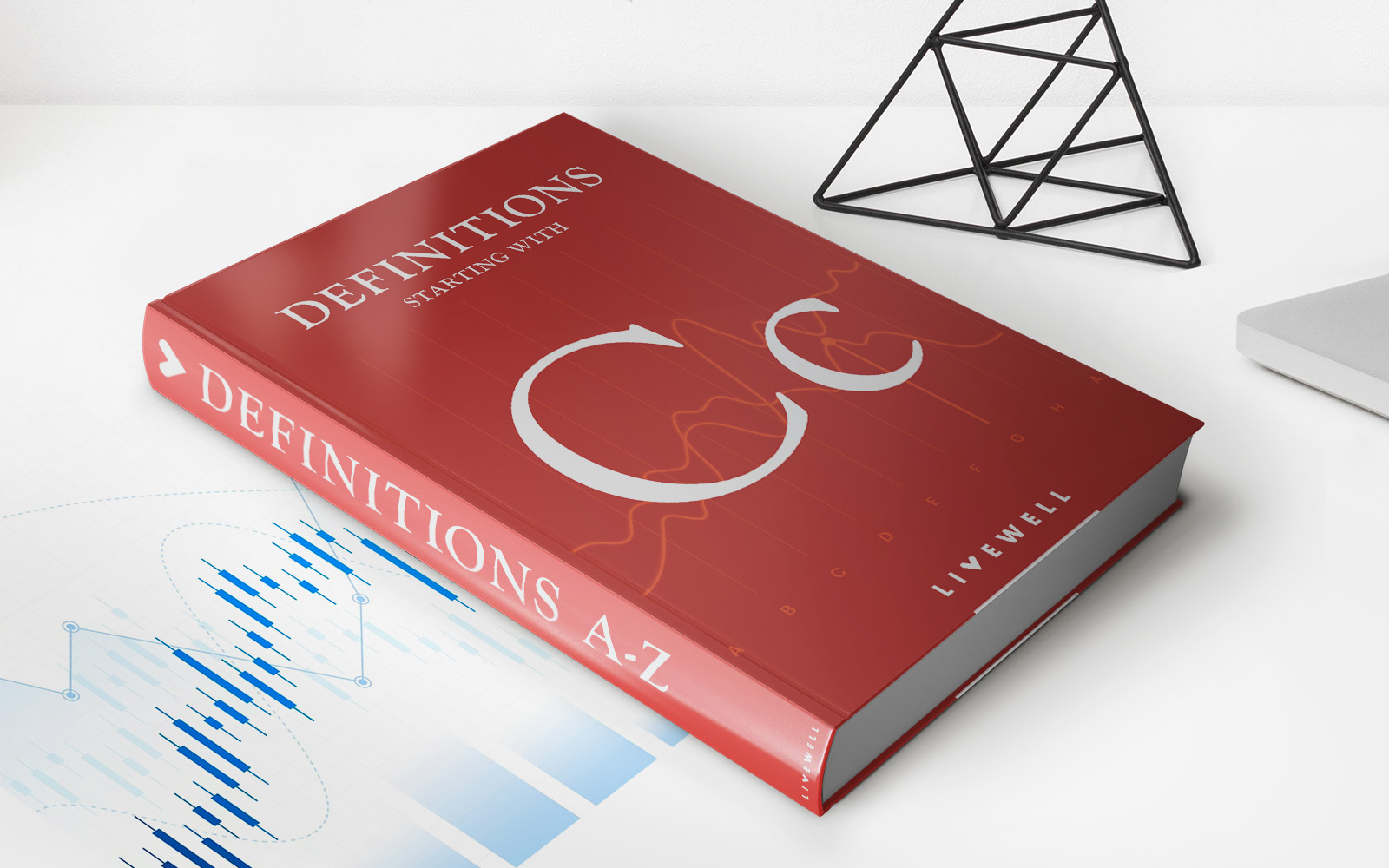

Finance
Do Pensions Stop When You Die?
Published: January 22, 2024
Learn about the impact of death on pensions and how it affects your finances. Understand the implications and plan for the future.
(Many of the links in this article redirect to a specific reviewed product. Your purchase of these products through affiliate links helps to generate commission for LiveWell, at no extra cost. Learn more)
Table of Contents
Introduction
Pensions are a crucial component of retirement planning, providing financial security and stability during the post-employment years. However, the question of what happens to pensions upon the death of the pensioner is a topic that often causes concern and uncertainty. Understanding the fate of pension benefits after the pensioner's passing is essential for both retirees and their loved ones.
This article aims to shed light on the fate of pensions upon the death of the pensioner, exploring the various scenarios and options available to surviving spouses or designated beneficiaries. By delving into the intricacies of pension benefits and the factors that influence their distribution after the pensioner's demise, we can gain a comprehensive understanding of this critical aspect of retirement planning.
Navigating the complexities of pension benefits after the pensioner's death can be daunting, but with the right information and guidance, individuals can make informed decisions to secure the financial well-being of their loved ones. Whether you're a retiree, a surviving spouse, or a designated beneficiary, knowing the options and potential outcomes regarding pensions after the pensioner's passing is paramount.
Join us as we unravel the intricacies of what happens to pensions when the pensioner passes away, empowering you with the knowledge to make sound financial decisions and ensure the long-term security of your loved ones.
Understanding Pension Benefits
Before delving into the fate of pensions after the pensioner’s passing, it’s essential to grasp the fundamental nature of pension benefits. Pensions, also known as defined benefit plans, are retirement plans sponsored by employers, where the employer promises to pay a specified amount to the employee upon retirement. This predetermined amount is typically based on factors such as the employee’s salary history and years of service.
Unlike defined contribution plans, such as 401(k)s, where the retirement benefits are based on the contributions made and the investment returns, pensions offer a predictable stream of income during retirement, providing retirees with a sense of financial security. The allure of pensions lies in their guaranteed nature, offering retirees a steady income for the duration of their retirement years.
Understanding the mechanics of pension benefits involves recognizing the distinction between single-life pensions and joint-and-survivor pensions. Single-life pensions provide benefits for the lifetime of the pensioner only, ceasing upon the pensioner’s death. On the other hand, joint-and-survivor pensions offer reduced benefits during the pensioner’s lifetime but ensure that a surviving spouse continues to receive benefits after the pensioner’s passing.
It’s important to note that the structure of pension benefits and the options available to surviving spouses or beneficiaries can vary depending on the specific terms outlined in the pension plan. By comprehending the nature of pension benefits and the nuances of different pension plans, individuals can make informed decisions regarding their retirement income and the financial security of their loved ones.
What Happens to Pensions Upon Death
When a pensioner passes away, the fate of their pension benefits depends on several factors, including the type of pension plan, the beneficiary designation, and the specific terms outlined in the pension agreement. In the case of single-life pensions, the payments cease upon the pensioner’s death, potentially leaving surviving spouses or beneficiaries without a continued source of income.
Conversely, for pensioners who opted for joint-and-survivor pensions, the surviving spouse is entitled to receive ongoing benefits following the pensioner’s passing. These benefits are typically structured to provide the surviving spouse with a predetermined percentage of the original pension amount, ensuring continued financial support during their lifetime.
It’s important for pensioners and their beneficiaries to review and understand the terms of the pension plan regarding the distribution of benefits after the pensioner’s death. Some pension plans may offer the option for the pensioner to choose a beneficiary who will continue to receive benefits in the event of the pensioner’s passing, providing a measure of financial security for the designated individual.
Furthermore, the fate of pensions upon death can also be influenced by the presence of a lump-sum death benefit. Some pension plans include provisions for a one-time lump-sum payment to be made to the designated beneficiary or the pensioner’s estate upon the pensioner’s death. This lump-sum benefit can offer financial assistance to surviving family members or beneficiaries, serving as a form of financial protection beyond the regular pension payments.
Understanding what happens to pensions upon the pensioner’s death is crucial for retirees and their loved ones, as it allows for proactive planning and the establishment of financial safeguards to ensure continued support for surviving spouses or designated beneficiaries. By being aware of the potential outcomes and options available, individuals can make informed decisions to protect their loved ones in the event of their passing.
Options for Surviving Spouses or Beneficiaries
When a pensioner passes away, surviving spouses or designated beneficiaries are presented with several options regarding the distribution and management of pension benefits. The specific options available may vary based on the terms outlined in the pension plan and the choices made by the pensioner during the retirement planning process.
One common option for surviving spouses is to continue receiving pension benefits through a joint-and-survivor pension arrangement. This option ensures that the surviving spouse receives a portion of the original pension amount, providing ongoing financial support following the pensioner’s passing. The predetermined percentage of the original pension amount that the surviving spouse is entitled to receive is typically specified in the pension plan and is designed to sustain the spouse’s financial well-being throughout their lifetime.
Another option available to surviving spouses or beneficiaries is the choice to receive a lump-sum death benefit, if provided for in the pension plan. Opting for a lump-sum payment can provide immediate access to a substantial portion of the pension benefits, offering financial flexibility and the ability to make strategic decisions regarding the utilization of the funds. This lump-sum payment can serve as a valuable resource for managing expenses, settling outstanding debts, or making long-term investments to secure the financial future of the surviving spouse or designated beneficiaries.
Additionally, some pension plans may offer the flexibility for surviving spouses or beneficiaries to roll over the pension benefits into an individual retirement account (IRA) or another qualified retirement plan. This option allows for the preservation and continued growth of the pension benefits within a tax-advantaged retirement account, providing potential long-term financial security for the surviving spouse or designated beneficiaries.
Understanding the available options for surviving spouses or beneficiaries is paramount in making informed decisions regarding the management of pension benefits after the pensioner’s passing. By carefully evaluating the advantages and implications of each option, surviving spouses and designated beneficiaries can select the most suitable approach to ensure sustained financial stability and security in the aftermath of the pensioner’s death.
Factors Affecting Pension Payments After Death
Several factors come into play when determining the fate of pension payments after the pensioner’s death, influencing the options available to surviving spouses or designated beneficiaries. Understanding these factors is essential for retirees and their loved ones as they navigate the complexities of post-retirement financial planning.
Type of Pension Plan: The nature of the pension plan, whether single-life or joint-and-survivor, significantly impacts the availability and structure of pension payments after the pensioner’s passing. Single-life pensions cease upon the pensioner’s death, while joint-and-survivor pensions ensure ongoing benefits for the surviving spouse.
Beneficiary Designation: The designation of beneficiaries within the pension plan plays a pivotal role in determining who is entitled to receive pension benefits after the pensioner’s passing. Pensioners must ensure that their beneficiary designations are up to date and accurately reflect their wishes regarding the distribution of pension benefits.
Specific Terms of the Pension Plan: The terms and provisions outlined in the pension plan documentation dictate the available options for surviving spouses or designated beneficiaries. These terms may include details regarding joint-and-survivor arrangements, lump-sum death benefits, and the flexibility to roll over pension benefits into alternative retirement accounts.
Retirement Age and Years of Service: The pensioner’s retirement age and years of service can influence the amount and duration of pension payments, subsequently impacting the benefits available to surviving spouses or beneficiaries. Pension plans often consider the pensioner’s employment history and tenure when calculating the distribution of benefits after the pensioner’s passing.
Employer-Sponsored Policies: Some employers may have specific policies or provisions related to post-retirement benefits and the distribution of pension payments after the pensioner’s death. It’s crucial for retirees and their beneficiaries to be aware of any employer-specific guidelines that could affect the management of pension benefits.
Tax Implications: The tax treatment of pension benefits after the pensioner’s death is a significant consideration for surviving spouses or designated beneficiaries. Understanding the tax implications of different options, such as receiving lump-sum payments or rolling over pension benefits, is essential for making informed decisions that align with long-term financial goals.
By taking these factors into account, retirees and their beneficiaries can navigate the complexities of pension payments after the pensioner’s passing, ensuring that they make well-informed decisions to secure sustained financial stability and support for the future.
Conclusion
Understanding the implications of pension benefits after the pensioner’s passing is a crucial aspect of comprehensive retirement planning. The fate of pensions upon death is influenced by various factors, including the type of pension plan, beneficiary designations, and the specific terms outlined in the pension agreement. For retirees and their loved ones, being well-informed about the available options and potential outcomes is vital for ensuring sustained financial security and support in the aftermath of the pensioner’s death.
By comprehending the distinctions between single-life and joint-and-survivor pensions, individuals can make proactive decisions regarding the structure of their pension benefits to provide continued support for surviving spouses or designated beneficiaries. Reviewing and updating beneficiary designations, understanding employer-sponsored policies, and considering tax implications are essential steps in navigating the complexities of post-retirement financial planning.
Furthermore, the availability of options such as joint-and-survivor pension arrangements, lump-sum death benefits, and the ability to roll over pension benefits into alternative retirement accounts empowers retirees and their beneficiaries to tailor their financial strategies to align with their long-term goals and needs. By evaluating these options in the context of factors such as retirement age, years of service, and employer-specific policies, individuals can make informed decisions that safeguard the financial well-being of their loved ones.
Ultimately, the management of pension benefits after the pensioner’s passing requires careful consideration and proactive planning. Retirees and their beneficiaries can benefit from seeking professional guidance and staying informed about the intricacies of pension plans and post-retirement financial arrangements. By doing so, they can navigate this critical aspect of retirement planning with confidence, ensuring that the legacy of financial security extends beyond the pensioner’s lifetime.
Empowered with the knowledge and understanding of what happens to pensions when the pensioner passes away, individuals can make informed decisions to protect and sustain the financial well-being of their loved ones, fostering a legacy of stability and security that transcends generations.














